I first learned about JADAM Natural Pesticides while seeking a way to control an infestation of Aphids in my garden. At the time, I was not yet acquainted with JADAM Organic Farming. Still, I was intrigued by the prospect of making my own Ultra-Low-Cost Agricultural inputs at home.
While most of the JADAM Recipes were simple to make, I was disappointed when I realized that Natural Pesticides required more resources and knowledge than I had available.
However, after some months of additional research and experiments, I was relieved to find out that the process to produce and use JADAM Natural Pesticides is more flexible than my initial impression.
This article will explore 11 things about JADAM Natural Pesticides you should know before getting started. Hopefully, this should clarify some uncertainties and give you more realistic expectations about using JNP.
1. What Are JADAM Natural Pesticides?
JADAM Natural Pesticide is best known for its foam-like appearance when applied. As a result, many people consider it a simple liquid soap. However, there is more to this solution than its soapy characteristic.
JADAM Natural Pesticide or JNP is a customizable solution intended to treat specific pests or diseases while having minimal environmental effects. It combines JADAM Wetting Agent, JADAM Herb Solution, JADAM Sulfur, and JADAM Microorganism Solution, all of which are considered organically safe and tailored based on the pest being treated.
In some instances, JNP consists primarily of JADAM Wetting Agent since this acts as a surfactant. Without the JWA, the diluted solution forms water beads and rolls off the plant’s surface or leaves watermarks.
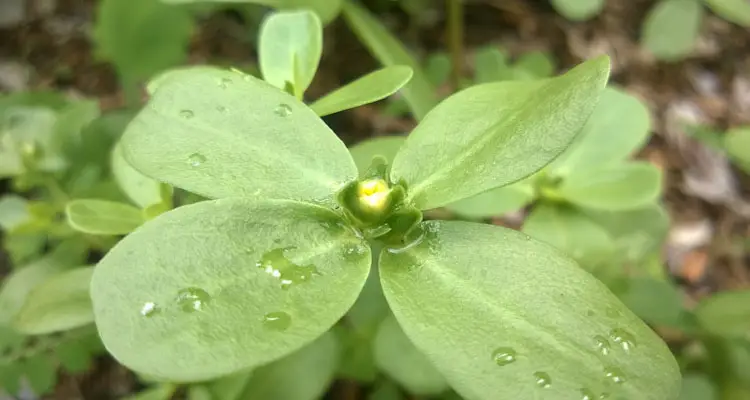
You can also add JADAM Liquid Fertilizer to the mixture, resulting in a foliar application of fertilizer in the process. However, you need to ensure that this is highly diluted.
2. How Do JADAM Natural Pesticides Work?
Contrary to popular belief, JADAM Natural Pesticide is not a one-size-fits-all solution. It has to be tailored to the pest it intends to control. This is done by varying the ratio of the ingredients, which changes the characteristics of the mixture.
JADAM Natural Pesticide works as a contact pesticide, an aromatic repellent, masking agent, or fungicide. It does this by attaching itself to the targeted pest, penetrating its pores, and administering the necessary active ingredients. The effectiveness varies significantly depending on the ingredients and requires ongoing research to find suitable alternatives.
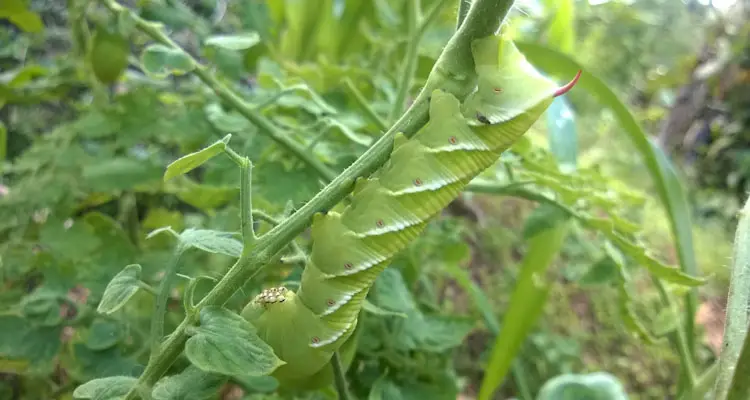
The most common JNP recipe is a combination of three main solutions.
- JADAM Wetting Agent – Helps to attach the solution to the surface of both crops and pests, allowing the solution to penetrate within creases and pores.
- JADAM Herb Solution – Herbs are chosen based on their effectiveness against the target pests. This relies on ongoing experiments with local herbs and spices.
- JADAM Sulfur – Sulphur is well known for its ability to treat fungal overgrowth.
You can find detailed instructions on carrying out your own research and experiments in the book JADAM Organic Farming: The Way To Ultra-Low-Cost Agriculture, written by Cho Youngsang, the founder of JADAM Organic Farming.
3. How Long Does It Take To Prepare JADAM Pesticides
As stated before, JADAM Natural Pesticide comprises several components, each of which requires various ingredients and processing times.
You can prepare a batch of JADAM Pesticides in as little as a few minutes or a few days based on the availability of the individual components and the actual recipe you intend to formulate. However, once available, it’s all a matter of adding the appropriate amount to the water.
On the other hand, developing a pesticide for a specific pest can take months. This is due to the time it takes to experiment with various herbs and ratios. You also need to test the effect of the solution on multiple plants and the soil.
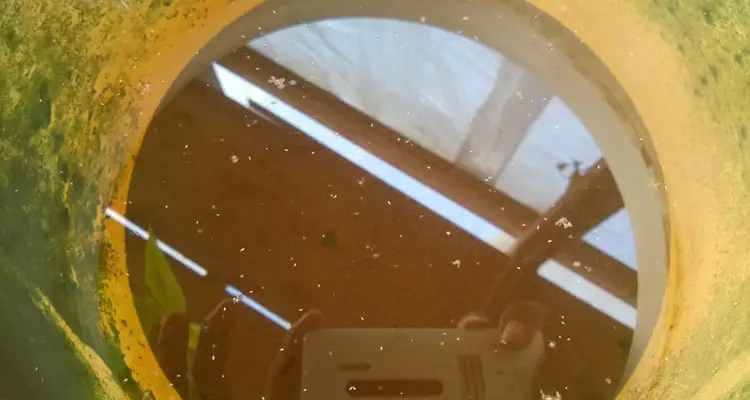
It took me a while to even get the basic materials and equipment to create the individual components. This was partly due to supply chain disruption but can be a significant setback based on your location.
4. How Much Does It Cost To Make JADAM Pesticides?
One of the major deterrents to using any pesticide is finance and environmental impact. While JNP delivers on the promise to be an affordable alternative to costly synthetic pesticides, it is not exactly “low cost,” based on the country you are based.
JADAM Natural Pesticides cost $400 to $600 to make the first batch. This cost includes the cost of the ingredients needed to make the various components, the equipment, and specialized tools, such as heat resistant containers and water softener. However, this cost drops considerably if you already have access to the equipment and materials.
If these items are not available locally, you will also have to factor in freight, taxes, and duties. In some instances, you may have additional fees due to some of the materials, e.g., caustic soda, Sulphur, etc.
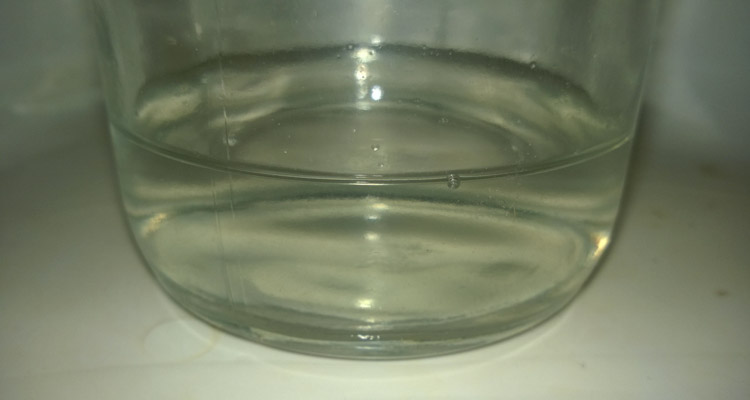
Ideally, you can collaborate to purchase these materials in bulk for smaller farms. Remember, most equipment is durable, can be used repeatedly, and last for years. This spreads the equipment and material cost, ultimately delivering on the “ultra low-cost” promise.
5. Where Can I Buy The Ingredients To Make JADAM Pesticides?
It can be difficult to source ingredients to make JNP at an affordable price in some instances. This is particularly true where organic farming or manufacturing is not commonly practiced in your area.
You can buy the ingredients to make JADAM at your local agriculture shop, department stores, or online directly from bulk suppliers. You can obtain smaller quantities from supermarkets, hobby stores, and pharmacies. However, you should receive the proper permits when ordering volatile ingredients from overseas sources.
If you decide to buy in bulk, ensure that you prepare proper storage before purchasing the ingredients since some are sensitive to moisture. This might be an additional cost but can save you a lot of money.
6. Can JADAM Pesticides Be Used On Organic Certified Farms?
To gain and retain organic farming certification, you need to follow numerous guidelines, one of which regulates the types of inputs you are permitted to use.
JADAM Natural Pesticides can be used on Organic Certified Farms. You do not make alterations to the ingredients and procedures. All the chemicals used in its preparation are listed on the USDA Organic safe list. However, there are instances where country-specific regulations may prevent its use. As a result, you should confirm this with your local organic certification board.
As with any other input, you will need to keep detailed records when using JNP. This is one of the main criteria to remain certified.
7. Are JADAM Natural Pesticides Toxic?
JNP is meant to be a safer, affordable alternative to toxic conventional chemical pesticides, responsible for decimating various species of insects and animals. However, it is understandable that some people may question its toxicity.
When used as directed, JADAM Natural Pesticides are not toxic nor harmful to the environment. In ideal conditions, the minerals used to make the solution is broken down by the microbes in the soil. However, misuse of the solution can result in the accumulation of minerals to toxic levels.
The same is true for the individual ingredients used to create the components. For example, you need to ensure that you have a well-ventilated room when preparing JADAM Sulfur due to the fumes produced during the process.
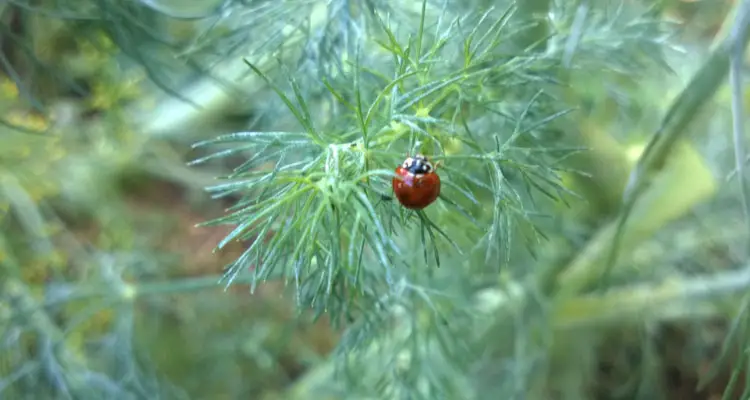
You also need to remember that even though the solution might not be toxic, it can still kill beneficial insects due to its soap-like nature. As a result, you should observe the environment carefully before applying JNP.
8. Which Herbs Can Be Used To Make JADAM Natural Pesticides?
One of the most attractive features of JADAM is the ability to use local resources such as plant materials and microorganisms. This unique feature stands out even more when producing JNP.
You can make JADAM Natural Pesticides using just about any herb you have available locally. However, you will need to experiment to see the effect on the target pest. This can be a time-consuming process but is well worth the effort since this information can be shared with farmers within your region.
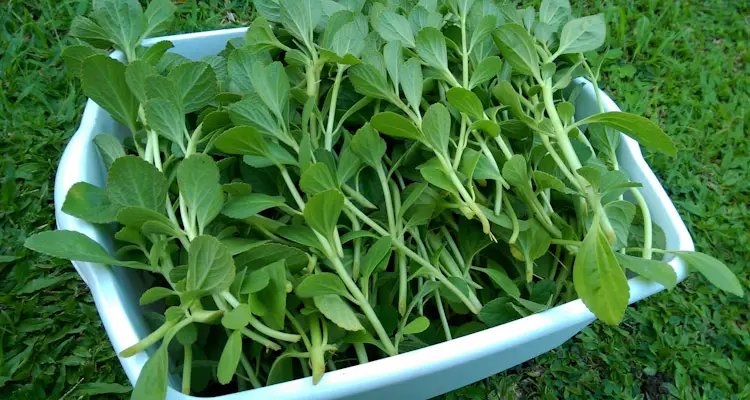
Mr. Geol Yu documented the results of his experiment in his book, “100 Herbs for making JADAM Natural Pesticide: The Way To Ultra-Low-Cost Agriculture.” This is a valuable resource, especially when dealing with invasive species.
9. How Long Can You Store JADAM Pesticides?
JNP comprises various components, each of which has its own shelf life. Unfortunately, the actual shelf life of the pesticide is not the total of the individual parts.
You can store the components of JADAM Pesticides almost indefinitely. Once mixed, the shelf life diminishes considerably based on the ingredients used. As a result, it is best to prepare only the amount you need for a specific application. This can take a few minutes and reduce waste or over-application.
Ensure you take appropriate measures to prepare the storage solutions. For example, use smaller containers to avoid contamination when smaller quantities are needed.
10. Does JADAM Pesticide Leave Harmful Residue On Plant Surface?
To be safe, you need to wash conventionally grown fruits and vegetables properly. In some cases, you have to use unique products and procedures to remove harmful residue. This is not the case with JNP.
JADAM Natural Pesticides do not leave harmful residue on the plant’s surface, resulting in products that can be eaten straight from the garden. However, you need to be mindful of possible allergic reactions to specific herbs. It is also possible for other creatures to secrete substances on the plant. As a result, you should rinse properly before eating.
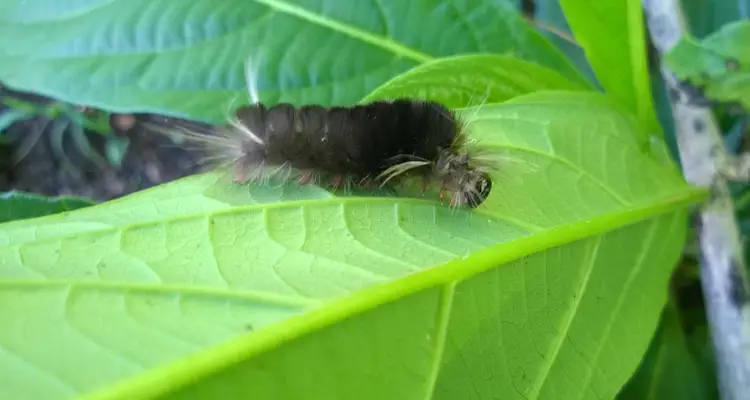
Washing organic produce might seem like overkill. However, you must remember that you only have control of what you do and how you treat your plants at the end of the day. You do not have control over the actions of neighboring farmers or airborne contaminants.
11. What Equipment Is Needed To Apply JADAM Pesticide?
Due to the nature of JADAM’s inputs, you will need some specialized equipment to apply them. However, you can use the same equipment for liquid fertilizer and natural pesticides.
To apply JADAM Pesticides, you will need a suitable foliar application system. The main component is the spray wand and nozzle, attached to a backpack spray can for small areas or a mechanical Venturi system. However, the effectiveness depends on the nozzle used for the application.
Ideally, you would use the same system shown by Mr. Cho in his farm demonstration. He mentioned that his nozzle was sourced from a company in Germany. However, feel free to use what you have available.
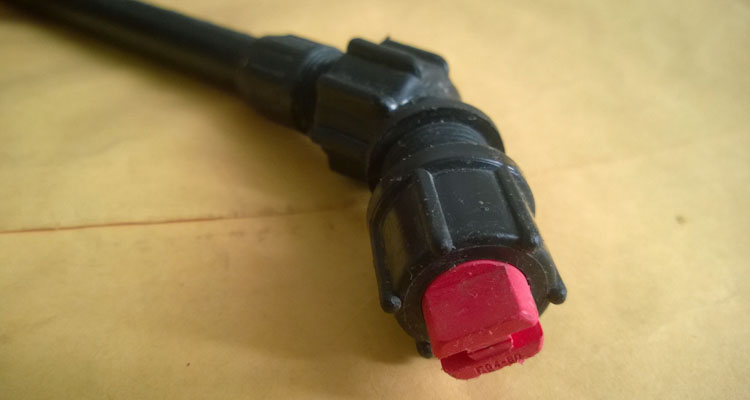
In my case, I already had a solo manual spray can, which I am over 10 years old. It is far from ideal, but it allows me to make dollar applications now instead of waiting for the ideal.
Final Thoughts
JADAM Natural Pesticides are definitely safer, more affordable alternatives to the harmful substances used in most commercial farms. The high initial cost of equipment and materials makes it unfavorable for individual small farmers. However, it is much cheaper when compared to conventional inputs over time.
JNP is easy to make but requires some specialized equipment and safety precautions. It is best to store the individual components, only mixing a batch when necessary. Ensure you follow the directions when applying to avoid damage to plants and soil.
Organic certification is not yet much of a big deal on my island. However, many people have started to loosely follow these guidelines. I would expect this to change in upcoming years, and JADAM Natural Pesticides can play a significant part in its success.
Related Questions
How Many JADAM Natural Pesticide Recipes Are There?
There isn’t a fixed number of JADAM Natural Pesticide recipes, but countless alterations to the basic formulation. These unique recipes are tailored to the pest they intend to control, ideally using locally available resources.
References
JADAM. JADAM Organic Farming. Jadam.kr. Accessed April 2022
USDA. USDA Organic Regulations. USDA.gov. Accessed April 2022
Cho, Youngsang. JADAM Organic Farming: The Way To Ultra-Low-Cost Agriculture. Translated By Rei Yoon. JADAM. 2016
Yu, Geol. 100 Herbs for making JADAM Natural Pesticide: The Way To Ultra-Low-Cost Agriculture. Translated By Rei Yoon. 2016.

